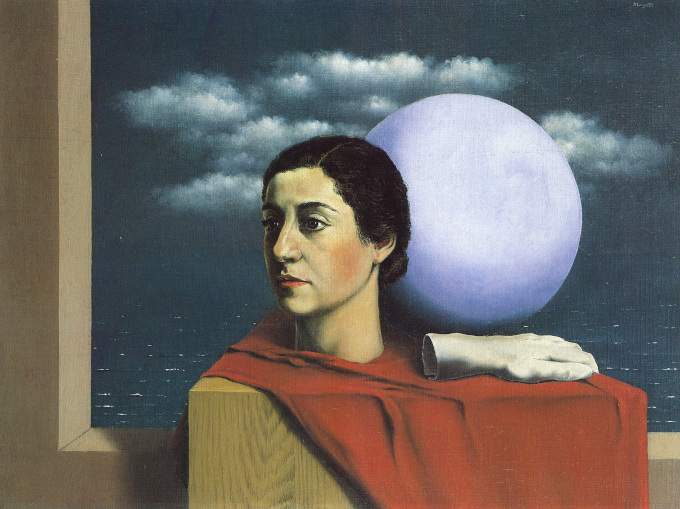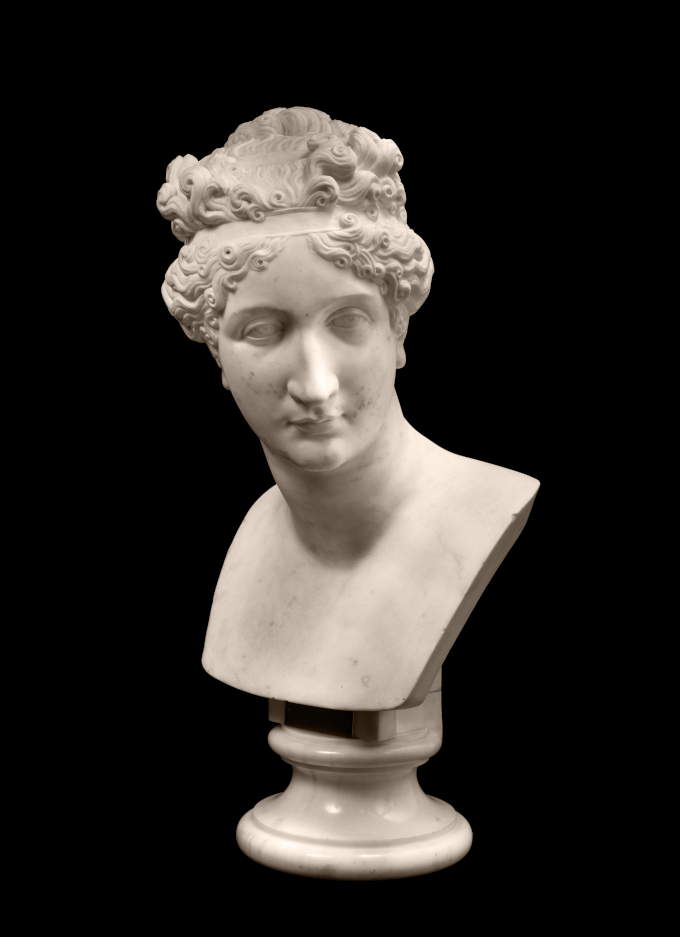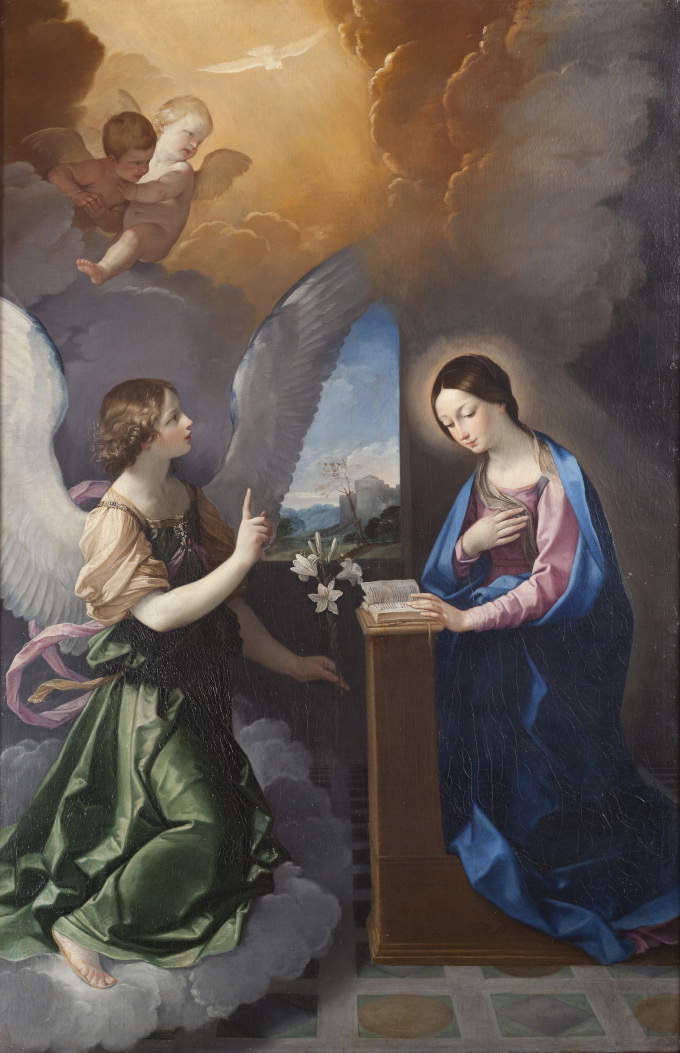In Domodossola an exhibition on the concept of beauty from antiquity to Magritte
The “Gian Giacomo Galletti” Civic Museums of Domodossola will host a new exhibition entitled The Times of Beauty from July 18, 2024 to January 12, 2025. Between the Classical World, Guido Reni and Magritte at the Palazzo San Francesco Museum. Curated by Antonio D’Amico, Stefano Papetti and Federico Troletti, and realized thanks to the City of Domodossola in partnership with the Bagatti Valsecchi Museum in Milan and the Angela Paola Ruminelli Foundation, under the patronage of the Piedmont Region, this exhibition explores the evolution of the concept of beauty through the centuries, highlighting the constant reference to the formal and spiritual models and values of classicism. On display are works by great masters such as Rubens, Carracci, Guido Reni, Pompeo Batoni, Canova, Funi, Sironi, De Chirico and Magritte. For the first time, classical statues from the Roman era from the Roman National Museum and the Baths of Diocletian will be exhibited in Domodossola.
It was Giacomo Leopardi who identified the “time of the beautiful” in 5th-century B.C. Greece, when artists such as Phidias, Myron and Polyclitus embodied the concept of kalokagathìa, a balance between aesthetic and ethical values. From there on, the more than forty works on display, including paintings and sculptures, aim to testify how this quest for formal and spiritual beauty has spanned art history, adapting to different cultural eras.
Among the most significant works are Guido Reni ’sAnnunciation from the Pinacoteca Civica in Ascoli Piceno and Ludovico Carracci ’s Saint Sebastian from the Ettore Pomarici Santomasi Foundation in Gravina di Puglia. The formal elegance of the Virgin and the angel in the imposing altarpiece, and the sculptural twisting of the bust in the young saint, testify to how in seventeenth-century Bologna knowledge of classical statuary and the myth of Raphael, who had revived ancient beauty, found a perfect declination in line with the culture of the time. This is a legacy that Guido Reni picks up from the Carracci.



The exhibition also offers a look at the reinterpretation of classicism by artists such as Pieter Paul Rubens, who adapted classical sculptural models to the iconographic demands of the Baroque (a sketch of his Madonna of the Rosary is on display). Antonio Canova’s Portrait of Pauline Bonaparte by Antonio Canova, from the Napoleonic Museum in Rome, depicts the perfect face of Napoleon’s sister as Venus Vincitrice, an example of how the celebration of the past and the use of themes from classical mythology are placed, in this case, in the service of power, taking on celebratory and educational intentions.
The eclectic imprint that characterizes Italian art in the post-unification period does not exclude either in the architectural field or in the figurative sphere episodes of marked reference to the Greco-Roman tradition: this is demonstrated by the Genoese sculptor Demetrio Paernio, author of numerous funerary monuments in the Staglieno cemetery, who celebrates Alexandrian art by modeling one of the most prissy figures of classicism, as the Dormant Puttino. The subject changes but not the formulation of the inspired image in Genoese artist Domenico Piola ’s painting of the Child Jesus asleep on the Cross.
The exhibition concludes with a focus on the early decades of the 20th century, when the French critic Maurice Rejnal, in 1924, called for a "Return to Order" after the traumas of World War I. The works of artists such as Funi, Campigli, Sironi, De Chirico and Magritte, displayed in dialogue with Renaissance and classical ones, reaffirm the eternal value of classical beauty. Among them all, a work by René Magritte, Rena à la fenệtre from 1937, from a private collection, will be exceptionally on view.
The exhibition layout was designed by Studio Lys, with coordination by Matteo Fiorini, and lighting design by LightScene Studio, in collaboration with Viabizzuno. The exhibition is accompanied by a catalog published by Sagep Editori d’Arte.
 |
| In Domodossola an exhibition on the concept of beauty from antiquity to Magritte |
Warning: the translation into English of the original Italian article was created using automatic tools. We undertake to review all articles, but we do not guarantee the total absence of inaccuracies in the translation due to the program. You can find the original by clicking on the ITA button. If you find any mistake,please contact us.





























